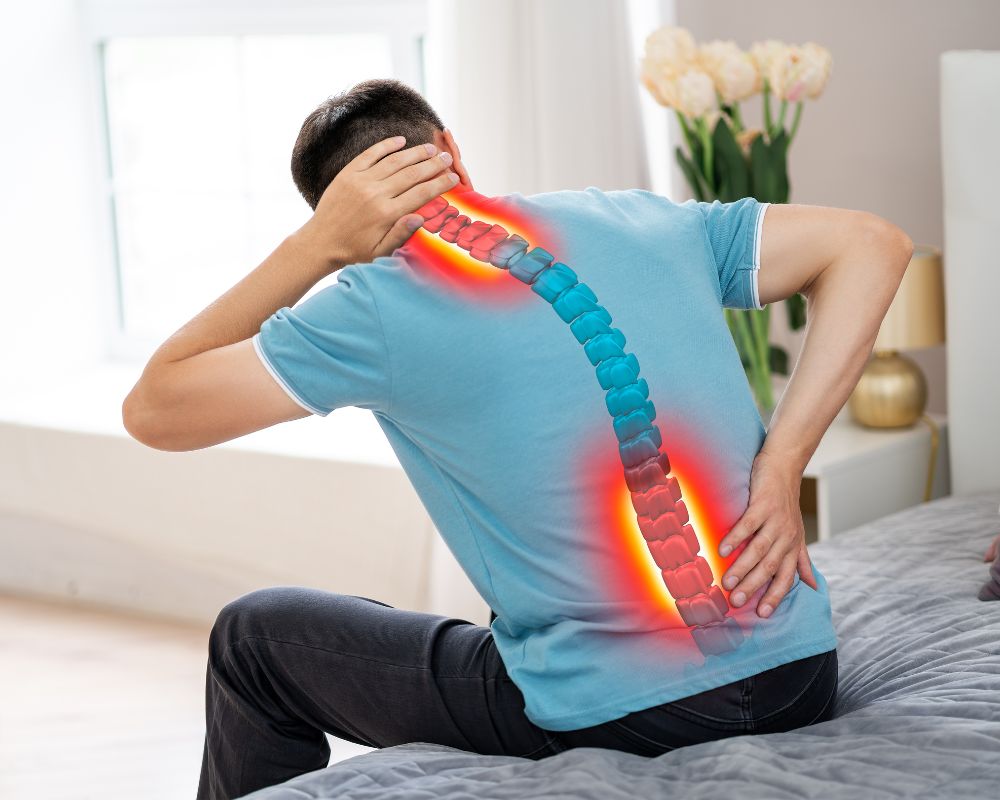
27 Feb 5 Non-Medical Things You Can Do to Help Cervical Pain
Lone Star Pain Medicine works with patients to help mitigate cervical pain. We do what we do based on scientific knowledge and years of experience. More importantly, we are happy to help. But did you know there are non-medical things you can do outside the office that might help reduce cervical pain?
The human body is a complex structure. So much so that it is rare for a single treatment or strategy to completely alleviate pain. Oftentimes we need to combine multiple strategies. Such is the case with many instances of cervical pain. We help in the office in whatever ways we can. Outside of the office, we encourage patients to do other things. Here are just five examples:
1. Keep Moving
The human spine is purpose-built to provide both structural stability and flexibility. However, it is important to remember that the ‘use it or lose it’ philosophy applies. We need to keep moving to keep our spines flexible and strong.
Sitting in one position for too long a time can impact multiple parts of the body. In cervical pain scenarios, sitting and staring at a computer screen or cell phone for extended periods can make pain worse. It can lead to less flexibility and muscle weakness that only exacerbates pain. You can avoid such issues by getting regular exercise. Get up, move around, and stay active.
2. Alternate Hot and Cold
Doctors recommend hot and cold compresses for a variety of reasons. Heat promotes blood flow and encourages muscles to relax. Meanwhile, cold reduces blood flow. That can help with inflammation. If you experience regular cervical pain, try alternating hot and cold compresses.
You can also alternate between hot and cold when you shower. Take a cold or cool shower to reduce inflammation, then follow up with a hot compress on the neck. Or take a hot shower to get your blood flowing in the morning but then follow with a cold compress to reduce swelling.
3. Stay Hydrated
Staying hydrated is one of the most important things we can do to minimize pain. Unfortunately, most people do not realize just how important water is to proper body function. In terms of the cervical spine, the body relies on hydration to maintain flexible discs. The discs are mostly water anyway. Drinking plenty of water helps to maintain their strength and flexibility.
4. Reduce Screen Time
Unfortunately, our increasing reliance on computers and mobile screens is creating more problems among cervical pain patients. When cervical pain is related to screen time, the culprit is usually the position of the screen in relation to the person. In nearly every case, the screen sits too low.
Think about your own laptop and cell phone. When you use either one, your head is usually pointed down. This puts extra pressure on the neck and shoulders. If you spend hours every day in front of your computer or phone, it is likely contributing to your cervical pain. Fortunately, the solution to this particular problem is easy: reduce your screen time.
5. Get Plenty of Rest
Finally, the human body needs quality rest to rebuild and repair. Make an effort to get a full 7-8 hours of sleep every night. You might also consider an ergonomic pillow that provides proper support for your neck. Consistent, quality sleep will go a long way toward alleviating pain.
As always, Lone Star Pain Medicine is available when your pain requires medical intervention. Come see us if you are struggling with cervical pain. We can help you figure it out and determine the best course of treatment.


No Comments